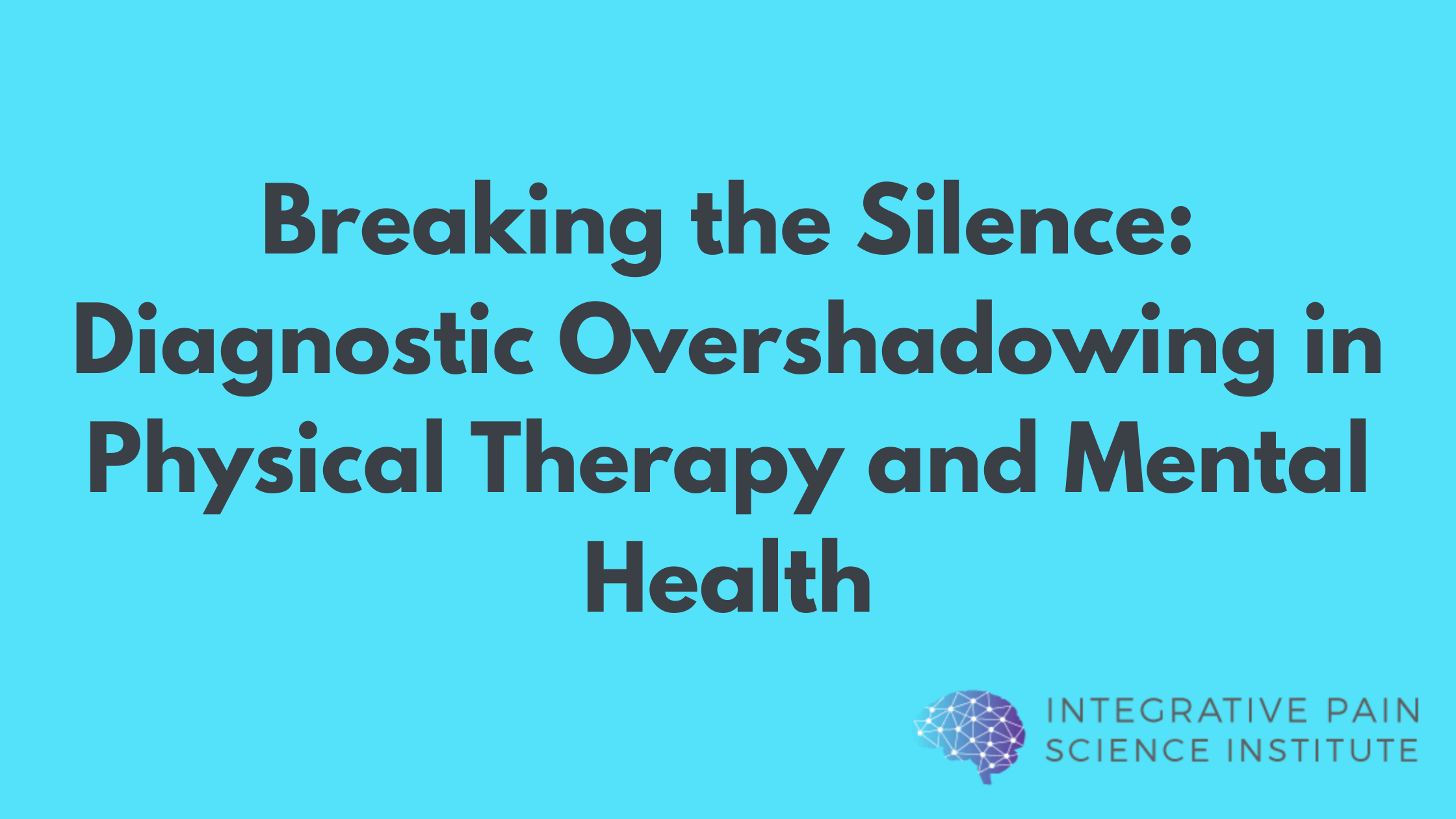
The United States of America consumes 80% of the world’s supply of opioids and is in the midst of a chronic pain epidemic. Opioids may have a place for certain types of pain and can assist in the beginning phases of recovery. The model to follow regarding the prescribing of opioids should be “the lowest dose, for the shortest duration and combined with natural, integrative strategies to support physical and emotional healing.” Long-term administration of opioids is not a solution for chronic pain (1). Painkillers are often abused, create dependence and can be addictive. The public has a right to safe and natural means for healing pain that do not have side-effects or cause harm (2).
Imaging Abnormalities Poorly Correlate with Pain
An abnormal reading on an imaging study does not necessarily reveal the root cause of your pain. Instead, it may lead to expensive and unnecessary procedures that won’t result in better healing then less invasive approaches. Medical tests are useful to rule out disease or when there is an acute trauma. However, chronic pain is rarely something that can be viewed on an image. Many abnormalities detected with advanced imaging are so common in healthy, uninjured people that they could be viewed as normal signs of aging. Bones and joints show many “dings and dents” but this does not mean you are damaged. A 2015 systematic literature review found spine degeneration present in high proportions of asymptomatic individuals, increasing with age. Most imaging-based degenerative features are part of normal aging and unassociated with pain (3). Each day we are discovering similar findings for all joints of the body, including the neck, shoulder, hip, and knee. The concept of “wear and tear” can be replaced with movement is medicine. Bones and joints can withstand the sands of time just fine. Conscious awareness of practitioner explanation of imaging findings and the misuse of imaging findings can harm patients (3).
Surgery Is Not a Cure for Chronic Pain

Did you know that pain can persist even after a surgery such as a total knee replacement? The brain is still paying attention to the area even though the knee is “new.” Over imaging may lead one down the promised road of surgery as a quick fix. Many surgeries for chronic conditions such as spinal pain are no more effective (or less effective) than interventions such as exercise, physical therapy, cognitive-behavioral therapy, and pain education (4). Surgery only addresses the structural component and may be necessary in certain cases, however, pain is multifactorial. The structure and function of a joint are but only one component of effective pain care.
How We Should Treat Pain

Pain is an emotional experience, not a sensation (5). The definition of chronic pain is an “unpleasant sensory and emotional experience associated with actual or potential tissue damage.” When pain persists beyond the usual healing time of three months it is considered chronic. In fact, pain can persist even if there was no injury at all (6). A broad framework is required to understand both the biological and behavioral responses that occur when someone experiences pain. Chronic pain is a complex disease with the involvement of many systems in the body including the gastrointestinal, musculoskeletal, endocrine, immune and nervous systems. Furthermore, the pain experience is influenced by psychosocial factors that may create further “threat” to the nervous system and turn on pain as an alarm (7). The complexity of chronic pain requires an integrated approach to healing, not a single treatment. For more information integrated strategies to heal pain check out my book Heal Your Pain Now.
Applying the New Paradigm
Pain is complex, poorly understood by most practitioners and many physicians are underprepared to manage pain (8). Non-pharmacologic, non-surgical, natural and integrative strategies that leverage the body’s ability to heal should be the first choice for pain care (9). These include:
- physical therapy
- cognitive behavioral therapy
- nutrition
- pain education
- pain psychology
- mindfulness-based stress reduction
- weight loss
- biofeedback
- manual therapy
- nutritional supplementation
- social support
A 2016 study in the Journal of Orthopedic and Sports Physical Therapy by Xiulu, MD and Alan David Kaye, MD, PhD cited interdisciplinary pain management programs in the United States are contracting despite our pain epidemic. Even though integrative pain care works, and is efficient, these programs fail to thrive because insurance companies, and their misguided cost concerns, very often do not authorize treatment or create undue obstacles to access care. A 2011 review of accredited outpatient interdisciplinary programs (as listed by the Commission on Accreditation of Rehabilitation Facilities) revealed that there are only 58 accredited pain programs in the United States. Our current healthcare system is not prepared and has little plan to eliminate an outdated biomedical model and shift to a biopsychosocial model for chronic pain.
The Future of Chronic Pain Care
With chronic pain as a global epidemic, new innovative methods for treating pain will rapidly move to the forefront. Practitioners will re-educate themselves about the biopsychosocial model of care. As clinicians apply this model they will require additional training in pain biology, neuroscience, behavioral and coaching skills, movement therapies, nutrition, and technology. Technological advances will deliver care, education, and support to the millions of people with chronic pain, provide a cost-effective option and reeducate practitioners (9). Our nation and globe simply do not have enough integrated clinicians or centers to treat our current epidemic of pain.
Education on integrated strategies for treating chronic pain is essential. Learning about pain is the fastest way to heal. Pain-free is possible.
Toward healing,
Dr. Joe Tatta, DPT, CNS



